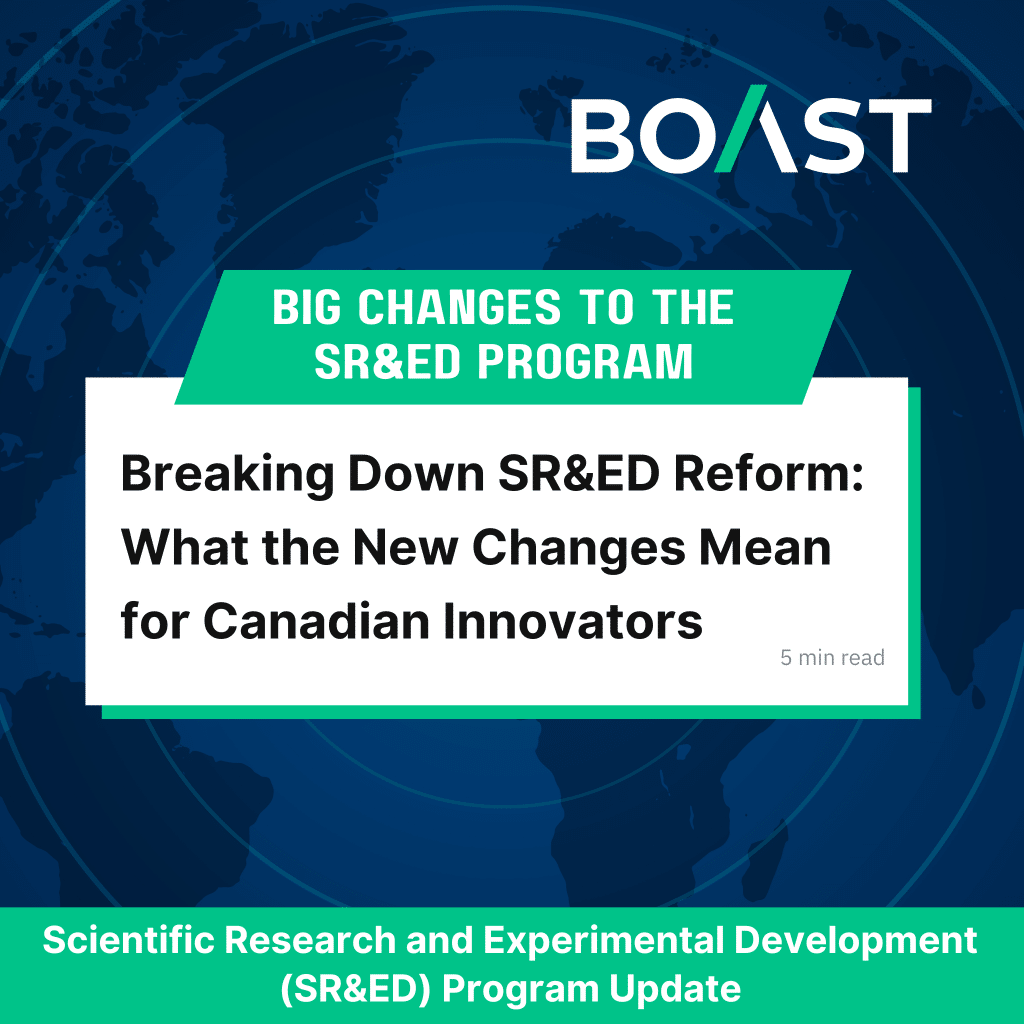CFOs and finance teams have been put through the ringer over the past few years. Not only are interest rates continuing to make the “cost of capital” prohibitively high, but factors like global politics, accounting talent shortages and the much-hyped rise of AI have all collided in the recent past, upending conventional wisdom about what it takes to scale a business in 2024.
With the first half of the calendar year in the rearview mirror, it’s time to take a look at what’s on deck for financial leaders as they embark on H2 2024.
Along with outlining the key milestones to watch out for (and what different scenarios could mean for your business), we’ll unpack how CFOs can continue to drive efficiency and reorganize key processes and workflows with an eye toward unlocking new sources of capital.
One-year anniversary of last U.S. Fed rate change
The United States Federal Reserve Funds Rate has been sitting stable at 5.25-5.50% since July 2023. This nearly year-long stasis follows 11 months of previous rate hikes, and has had many financial leaders feeling trapped in limbo as they wait for borrowing to become more affordable.
At the start of the year, the Fed had forecasted three rate cuts in 2024, which would have been indicators of an improving economy and a sign that the U.S. and global peers had staved off a prolonged recession.
Despite inflation trending closer to the 2% target that Fed regulators are hoping for, the economy has still yet to pass this critical threshold. As such, no rate hikes have materialized in 2024, and the Fed has scaled back their forecast to just one projected rate cut before the calendar year wraps.
That means that lending conditions aren’t likely to improve at a significant clip before 2024 comes to a close. While even a minor rate cut—as low as 0.25 percent—would have a significant impact on loan terms (ie. $2,500 saved in annual interest for each $1 million borrowed), there are few indicators that even a single rate cut will be imminent before year end.
Elections, geopolitics push CFOs to get crafty and scrappy
While many factors have contributed to the stubbornly high inflation rate, global elections have certainly played a big part in driving economic uncertainty during H1 2024.
In the US, for instance, voters will choose between a repeat of the Republican administration that codified the 2017 Tax Cuts and Jobs Act (TCJA)—which introduced the controversial new Section 174 R&E capitalization and amortization rules—and an incumbent Democrat administration that established the CHIPs Act.
As a reminder, the TCJA (which passed in December 2017) broadened the scope for what would qualify as R&E beginning in the 2022 tax year, but significantly tightened how much companies can use R&E deductions to offset expenses. The most immediate repercussion of the new standard is the creation of taxable income for many businesses—even for some companies that hadn’t recorded taxable income previously.
The revisions also outline separate requirements for R&E amortization (again, opposed to being used as a deduction for the year accrued) based on geography. For domestic R&E expenses, the amortization period is 5 years, while foreign R&E investments must amortize over 15 years. Going a step further, expenses are “placed in service” at the midpoint of the first year of amortization, making year-one deductions only roughly half of what they could be in following years.
Fast forward to the current administration, and you’ll see a bevy of initiatives passed since 2020 that have looked to bring federal funding back to businesses that are driving homegrown innovation in the US. Along with funneling $10 billion in government funding toward new technologies in fields like artificial intelligence, quantum computing and biotechnology, the Biden Administrations CHIPS & Science Act also established regional tech hubs to broaden both financial and ecosystem support for innovative startups.
Whether or not the long-term promise of the CHIPs Act bears fruit for businesses in the United States depends on whether Democrats retain control of the Executive Branch during the 2024 elections.
While this is important for US-based businesses, the repercussions will truly be global, impacting inflation rates and lending conditions for businesses worldwide.
How CFOs can brace for an uncertain H2 2024
Along with keeping an eye on each monthly update from the Federal Reserve and early polling figures on the national election, CFOs and financial teams can deploy a few other strategies to fortify their organizations in the face of continued market volatility heading into the fall.
Better forecasting with better data
For starters, businesses can fine-tune their forecasts by better aligning and understanding their key financial and workflow data.
While R&D tax credits are just one example, the process we follow at Boast to help customers sync their payroll, financial and project planning platforms into a single source of R&D intelligence is a great lead to follow in better organizing data across the financial organization for H2 2024.
By automating the collection of data from these key sources, the Boast platform can actively and passively understand the return on investment on all R&D activities. This helps not only understand in real time what could qualify for R&D tax credits in the long term, but also arms teams with insights on how they can improve and optimize their processes to unlock more sources of non-dilutive capital and stronger product development all around.
Reinvest in what’s working
In a similar vein, Boast’s Time Evidence Engine allows finance teams to see the individual contributions of each member of the product development team, and the associated ROI. This gives both finance and product leaders the perspective they need to understand not just the most productive members of their teams, but what activities pay off the most in terms of both innovation and opportunities for R&D tax credits.
If a team is able to recoup a share of their investments into a specific R&D initiative, for instance, they can leverage the R&D tax credits they recoup to double down. This unlocks a ‘virtuous cycle of R&D’ that delivers stronger product outcomes while allowing owners to retain more equity in their business (as opposed to seeking outside funding).
Deploying automation where it pays
The outcomes that are unlocked when teams use Boast’s AI-driven solution to streamline and maximize their R&D strategy can be unlocked in other areas of the business when finance teams embrace targeted automation in key areas of the business.
While no one should bank on geopolitics to play out in any kind of predictable manner as 2024 closes out, CFOs and finance teams can control their own house and bookkeeping to ensure they can respond quickly to any political reality.
This includes adopting new tools that align disparate sources of data into a system of intelligence that even a finance team of one can readily access and analyze.
To learn more about how Boast can help teams fortify their finance operations and streamline their R&D for whatever the rest of H2 2024 has in store, talk to one of our tax experts today.
H2 2024 CFO Forecast FAQ
- What challenges are CFOs facing in 2024? CFOs are grappling with high interest rates, global political uncertainty, accounting talent shortages, and the rise of AI. These factors have disrupted traditional business scaling methods, forcing financial leaders to adapt their strategies for the second half of 2024.
- What’s the current status of U.S. Federal Reserve interest rates? The Federal Reserve Funds Rate has remained stable at 5.25-5.50% since July 2023. Despite initial forecasts of three rate cuts in 2024, the Fed has scaled back to projecting just one cut before year-end. This means lending conditions are unlikely to improve significantly in the near future.
- How are global elections impacting economic conditions for businesses? Global elections, particularly in the U.S., are contributing to economic uncertainty in H2 2024. The upcoming U.S. election could result in either a continuation of policies like the Tax Cuts and Jobs Act (TCJA) or a focus on initiatives like the CHIPS Act. These outcomes will have far-reaching effects on inflation rates and lending conditions worldwide.
- What strategies can CFOs use to navigate market volatility in H2 2024? To fortify their organizations, CFOs can:
- Improve forecasting by better aligning financial and workflow data
- Reinvest in successful R&D initiatives using tax credits
- Deploy targeted automation in key areas of the business
- Adopt tools that consolidate disparate data sources for easier analysis
- How can businesses optimize their R&D strategy in the current economic climate? Companies can optimize their R&D strategy by:
- Using platforms like Boast to sync payroll, financial, and project planning data
- Leveraging AI-driven solutions to streamline R&D processes
- Analyzing individual contributions and ROI of R&D team members
- Reinvesting R&D tax credits to create a ‘virtuous cycle of R&D’
- Embracing automation to improve efficiency and responsiveness to market changes





